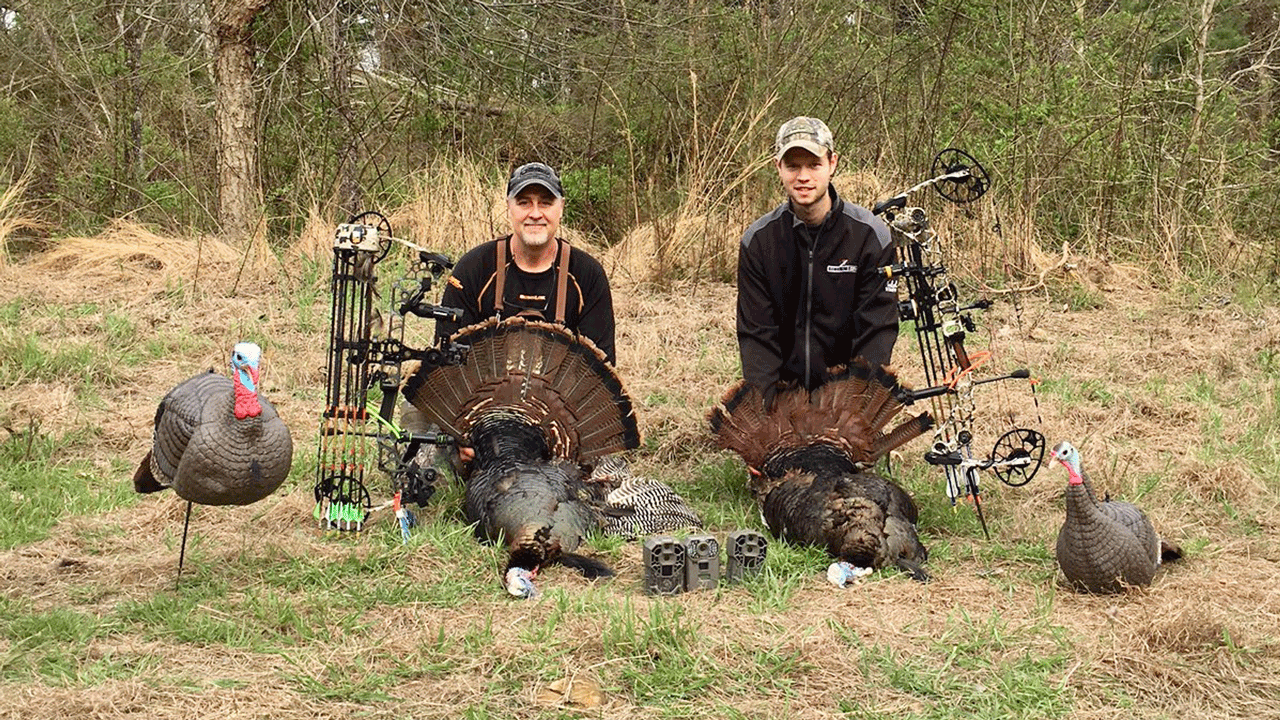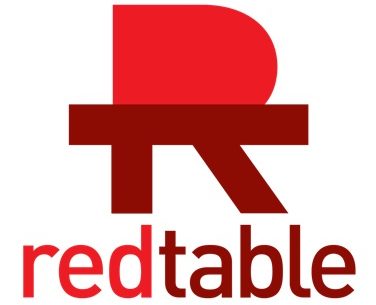There is a common misconception amongst hunters when it comes to decoys, that involve a too-simple thought process. For turkey hunters, whitetail hunters, and western hunters who use a fake to get a bear close, this is important.
The thinking goes like this: If a real animal sees your fake animal, it will come to you. While that pretty much explains decoying in a nutshell, it’s not quite so simple. Take whitetails, for example. There’s a chance that putting out a doe decoy outside the rut will scare away all the real does without drawing any real bucks. A buck decoy at any point of the season might scare all of the real does, as well.
For deer decoys, the best choice will depend on the time of year and how the setup is set up. But what about turkeys? The number of decoys will depend on the situation, but one thing should always be the same: you should use a jake decoy as much as possible. A quarter-strut or breeder jake is the best bird to hunt, except on public land where safety is an issue or very late in the season (the last week or two of May).
A few years ago, I shadowed two longbeards for half of the Minnesota season. When I finally called them off of their hens and arrowed the dominant tom, I hit him low. It only took half a second for him to go from strutting to limping, and the other half of that second was spent with his friend becoming dominant.
It was an incredible thing to witness, and it speaks to turkey behavior. As the members of wintering flocks notice the longer daylight hours, they start to test each other out. Eventually, they’ll tussle enough to figure out who is the king of the flock. This hierarchy stands until someone knocks off the dominant bird, and a turkey power vacuum is created.
They then figure it all out again and get back to making little turkeys. During this, the only thing the top toms and lesser birds won’t stand is a single jake who seems to have his own little harem. That’s not how the natural order shakes out, and it almost seems offensive to wild birds. This is a good thing for you if you tap into it.
There are many good jake decoys, but a quarter-strut jake or a breeder is the best ones that will work every time. Either posture shows a bird that wants to present a studly but also appears small and timid. Put your fake jake decoy close to the ground to make him look even smaller. This will make real birds even more sure of themselves.
When you add in a hen lying down below him that looks like she just swiped right, most real birds will react the same way. Sometimes toms and jakes walk in slowly or carefully, but when they see the hen below a small rival, their body language changes in a clear way. This is also because every bird in the sky thinks he has a chance at that point.
Decoys can be excellent tools for luring in wary spring gobblers. However, too many decoys can also spook incoming toms. So what is the ideal number of decoys for a successful turkey hunt? While there is no definitive rule, following a few key principles can help you deploy decoys effectively.
Consider the Phase of the Season
Turkey behavior changes over the course of spring Early on, aggressive toms seek to establish dominance As hens start breeding, gobblers become more cautious and reserved. Adjust your decoy spread accordingly.
Beginning of Season
Use 1-3 decoys. Toms are bold and eager to fight. A lone jake or full strut tom mimics a rival. Hens suggest breeding opportunities.
Peak Breeding
Use 3-5 decoys. Large groups appear threatening. Focus on hen decoys in breeding postures, or a jake courting a hen.
Late Season
Use 1-2 decoys. Toms are call shy and decoy wary. A lone hen or jake/hen pair looks non-threatening.
Factor in Flock Size
In general, your decoy spread should simulate a flock size typical for your region that time of year.
- Northeast US: 1-4 birds
- Southeast US: 2-6 birds
- Midwest US: 3-8 birds
- Western US: 1-5 birds
Err on the lower end early and late. Use larger numbers during peak breeding.
Consider the Setup Location
More open terrain allows you to use more decoys. In dense woods, keep numbers low for visibility.
- Open fields: 4-8 decoys
- Edge habitat: 2-4 decoys
- Heavy woods: 1-2 decoys
Space decoys appropriately for the habitat. Closer in woods, farther apart in open areas.
Use Proper Decoy Types
Choose decoy postures that appear non-threatening. Avoid over-assertive stances like dominant toms.
Recommended Decoys
- Feeding hens
- Hens in breeding posture
- Submissive jakes
- Young jakes displaying
Avoid using
- Dominant toms in full strut
- Aggressive tom poses
- Overly exaggerated decoys
Mix upright and laydown positions. Vary looks to mimic a flock.
Position Decoys Thoughtfully
- Place decoys 20-30 yards away.
- Angle slightly away from your setup.
- Leave a clear line of sight for safe shooting.
- Avoid blocking your shooting lanes.
- Set jakes behind or below hens.
Consider Using Real Feathers
Adding real turkey feathers, wings, or fans to your spread adds realism and motion. Drape them over decoys or place them around.
Take Your Time Setting Up
Arrange your decoys attentively every time for best results. Avoid haphazard placement. Spend time considering decoy types, postures, and spacing.
Be Mobile If Needed
Carry a decoy in a vest or backpack to set up quickly if you need to intercept roaming toms. Maximize your mobility.
Practice Visibility and Safety
Always make decoys visible to avoid dangerous situations. Never place them right in front of you. Keep them in open areas, away from brush.
Follow Regulations
Always check regulations about decoy use and transport. Follow all laws to keep yourself and others safe.

Beta Birds & Alpha Bullies
Fortunately for hunters as a whole, we leave the trophy BS to big game. While turkey hunters have always flirted with trophy hunting, it hasn’t quite caught on. Sure, bagging a 28-pounder or a bird with a 12-inch beard and 1. 5-inch hooks is cool. But no one really cares. Turkeys should be hunted for the challenge and the fun of it. The reward is not being able to say you killed one, but the experience itself.
Most hunters really just want a turkey to do what they hope a turkey will do. Gobble, strut, put on a show, and mostly, work into the decoys. If you want to increase your chances of this happening, use a decoy that will intimidate no one. Weak, late-born jakes that weigh 12 pounds will be able to do a quarter-strut fake just as easily as a boss tom taking a walk in the morning. That’s the beauty of the right decoy, it welcomes all without discriminating.
That’s what you want. Because the more birds that are willing to commit, the more fun you’ll have this spring. It doesn’t matter if you put him with a hen that is lying down or a group of hens that are eating and preening. The weakling jake is what holds the whole thing together. He looks like he’s about to have the best morning of his young life.
If you want a great deal on new turkey hunting gear, click here.
The BEST Decoy Setup For Turkeys?! | Spring Turkey Hunting Tips
FAQ
What is the best decoy setup for turkey hunting?
How many decoys is enough?
Do decoys work for turkey hunting?
Should you use more than one decoy for turkey hunting?
Using more than one decoy simply gives turkeys more opportunities to see in the distance. When not hunting in open areas or fields, the most common turkey hunting will be in timber areas. Turkeys can’t see as far while in the timber. However, the use of decoys is still highly recommended.
Are hen decoys good for turkey hunting?
A semi-puffed jake decoy with a hen decoy will make toms angry. This is one of my favorite turkey hunting decoy setups. Two hen decoys are good for larger groups of gobblers because a bigger group of male turkeys will feel more comfortable coming to a party of two. Two hen decoys are very non-threatening so you can attract any male turkey.
Can a hunter tell the difference between a Turkey and a decoy?
Although most hunters can tell the difference between a real turkey and a decoy in a quick glance, a turkey cannot. However, hunters should always use caution and be alert. If another hunter approaches your setup, remain motionless and speak loudly, “Hunter over here!” Repeat until your warning is understood and the hunter realizes that your decoys are not real turkeys.
How many decoys should a Turkey have?
If you’re seeing groups of turkeys regularly that exceed 10 birds in a group then you can add another decoy, but 3 seems to be a pretty good number regardless. Single toms will still decoy with 3 decoys because they don’t feel overwhelmed but you still can pull in those larger groups.
Is the use of turkey decoys a territorial thing?
The use of jake (year-old toms) turkey decoys is a territorial thing. It’s about establishing dominance. No self-respecting adult gobbler with a 12-inch beard is going to let any young kid wander around his ground putting the moves on his hens.
Do turkey hunting decoys make or break a turkey hunt?
Turkey hunting decoy setups can make or break a turkey hunt. Learn how to set up, position, and combine decoys to maximize hunting success. Positioning turkey decoys is an art, not a science. It’s not difficult once you learn the concepts behind the placement.
